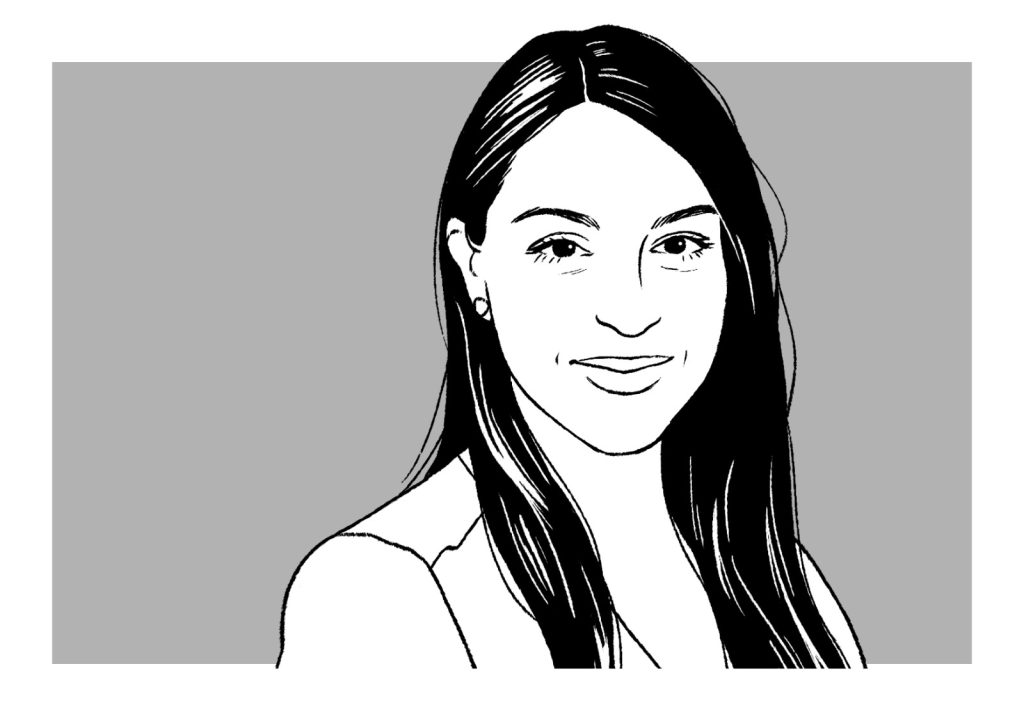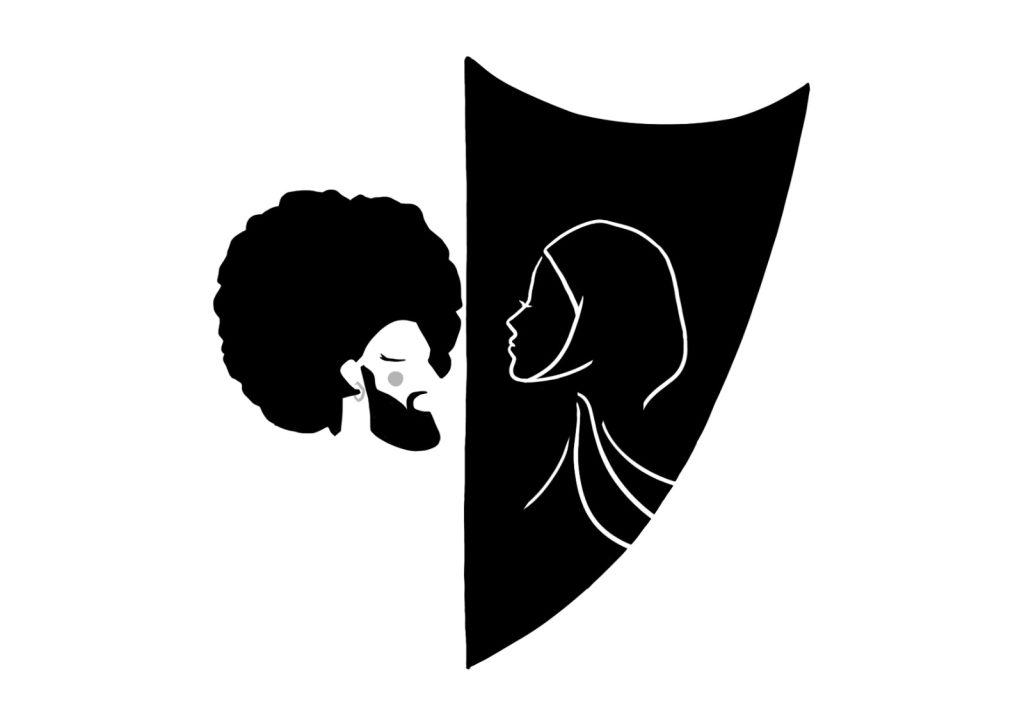Recommendations for the Hertie School in Berlin
With one of the fastest-growing and mobile student populations in the world, students from the African continent are likely to be the international students of the future. To adapt to this demographic reality and most importantly, to further its commitment to diversity, it is essential that the Hertie School addresses the lack of African student representation which stands in contrast with the school’s goal of being an institution of global policy relevance. In the last three cohorts of the Master Programs of Public Policy (MPP) and International Affairs (MIA), African students only made up 2% of the entire student body. Further understanding of admissions data also revealed that admission and enrollment rates for students from Africa to Hertie are significantly lower than those of other regions. The Student Association of Hertie for Inclusion, Equity, Liberty, and Diversity (SHIELD) decided to explore the reasons for this lack of representation at Hertie through analysis of admissions data as well as conversations with Hertie students and alumni from Africa, Hertie administration, and administrators from four other international universities in Europe.
The Internationalization of Higher Education
Globalization has led to intensified mobility of students, academic staff, and increased possibilities for the dissemination of ideas and knowledge. To keep up with the new global academic environment, many universities are seeking to expand their international activities. European countries continue to be among the top study destinations for students from Africa, with EU member states hosting about 43 percent of Africans studying abroad. Furthermore, Africa’s college-aged population is projected to grow significantly for decades to come, which creates opportunities for European universities to pursue greater diversification and engage with students from Africa. Benefits of internationally diversifying student populations include improved quality of teaching, learning, and research; more profound engagement with regional, national, and international issues and stakeholders; and better preparation of students as global citizens and productive members of the workforce. In order to maximize these benefits, European universities must focus their efforts beyond recruitment and diversity toward ensuring equitable, positive, and inclusive learning experiences and outcomes for African students.
African Student Representation at The Hertie School in Berlin
The Hertie School is a university of governance that offers master’s programmes (International Affairs, Public Policy, and Data Science), executive education (Public Administration), and doctoral programmes in Berlin, Germany. Hertie positions itself as an ambassador of good governance with an extensive global network, international faculty, and a diverse student body. While Hertie has representation from all seven continents, the faculty and student bodies at Hertie have a lack of representation from Africa. This could challenge the university’s quality and aim to be a global school that prepares students for leadership positions in governments, businesses, and civil society.
From 2018 to 2020, Hertie’s student body was mostly European (42% from Germany; 18% from other European countries) and North American (17%), as seen in the graphic below. The data shows a severe gap in the enrollment of African students to the Hertie School compared to European, American, Latin American, and Asian students, and compared to the distribution of the global population. Most notably, in the last three cohorts of the Master of Public Policy (MPP) and International Affairs (MIA) programmes, African students only made up 2% of the entire student body.
Figure 1: MPP/MIA Graduate Programmes Student Data, 2018-2020 from Hertie 2019/2020 Annual Report
Hertie School Admissions & Recruitment of African Students
The average number of African students who applied, were offered admission, and enrolled in Hertie’s MIA and MPP programs from 2017-2021 can be seen in Figure 2 below. It is worth noting that the MPP program was affiliated with the Deutscher Akademischer Austauschdienst / German Academic Exchange Service (known as DAAD) until 2021. Compared to when Hertie was affiliated with DAAD, there has been a 77.1% average decrease in the number of applications to Hertie’s Masters of Public Policy (MPP) program from African students. However, interestingly, even when Hertie received more applications from African students through DAAD, this did not necessarily translate to higher admission or enrollment of African students to the Hertie school. SHIELD was not given admission and enrollment data for other countries, however, the Admissions & Recruitment Office shared that the rates for Africa are comparatively much lower.
While we assumed that this could be attributed to recruitment of applicants, the office shared that the number of applications from Africa is less of an obstacle to increased representation. Instead, the key challenge is the acceptance and enrollment rates of African students. Hertie admissions data for Africa from 2017-2021 reveals that the admissions (number of students offered admission) and enrollment (number of students who enroll) rates are significantly low for African students. On average, there is a 12% chance that an African student applying to Hertie’s MPP or MIA program will be admitted and a less than 1% chance that an African Student will enroll at Hertie. Comparisons to rates of applicants from other countries were not available to SHIELD at the time of this study.
Figure 2: Admissions Data Averages for Hertie MIA & MPP Programs, 2017-2021
Hertie’s Aim to Increase African Student Representation
Hertie created an Africa Strategy taskforce in 2020 to address the lack of students from Africa. It is a working group consisting of seven Hertie faculty, mainly from Admissions & Recruitment, leadership, and other individuals with connections to Africa. The task force aims to take concrete steps to increase the number of African students at Hertie, mainly through identifying funding sources, thus making Hertie more attractive and accessible to them. All administrative members that we spoke to were open to feedback and recommendations about how to increase African student representation at Hertie, specifically from a student perspective. Students and alumni from Africa had not been consulted about their experiences with Hertie until this study. Their voices informed the key challenges to increasing African representation and recommendations for a more global education that is inclusive of African students, outlined below.
Key Challenges to Increasing African Student Representation at the Hertie School:
Recruitment & Admissions :
There is a lack of visibility of the school on the African continent and targeted recruitment partnerships. There is also a high variation in students’ application preparedness, resulting in low admission rates for African students. The cost to attend Hertie is much higher for African students than North American and European students. A lack of targeted funding opportunities adequately considers African students’ needs, resulting in low admission-to-enrollment conversion rates.
Institutional Barriers :
Costly and tedious visa processes lead to financial stress and delays in the enrollment of African students. There is also a general lack of job opportunities for non-German speakers. In addition, African students face potential racial discrimination in the job and housing markets that impacts their future career and settlement prospects.
Diversity, Equity, & Inclusion:
The lack of diversity within the Hertie School faculty & staff, the curriculum, and the student body negatively impact African students’ learning and classroom experiences, making students question if Hertie is a good fit for African students and their future careers. According to data from 2021 in an Anti Discrimination Taskforce Report created for the Hertie School (yet to be published), Hertie’s core faculty includes 35 members, of which 86% are white, and 91.5% are from Europe and North America. The Adjunct Faculty comprises 29 members, of which 97% are white, and 97% are from Europe and North America.
Microaggressions, cultural misunderstandings, and difficulties adjusting to a new environment negatively impact students’ mental health and wellbeing. Both current African students and alumni shared similar experiences, which affects their sense of belonging to the broader Hertie community, and decreased their likelihood to recommend Hertie to other students from their country of origin.
Recommendations for the Hertie School : Best Practices for a Global Education Inclusive of African students
Recruitment & Admissions
• Include representatives from all stakeholder groups in the “Africa Strategy Taskforce” and share the strategy and progress of the task force with the Hertie community
• Expand Hertie’s visibility in African countries through marketing, partnerships, faculty and student exchanges
• Manage students’ expectations by clarifying Hertie’s mission as an international school and portraying the diversity of students and faculty authentically in all marketing
• Ensure that Hertie’s application and admissions process is accessible and equitable across regions
• Increase and diversify Hertie’s funding opportunities targeted to African students
• Seek out partnerships with other German universities to understand and address common challenges to internationalization efforts
Institutional Barriers
• Ensure that African students can benefit from the same career opportunities as German and European students by addressing bias towards German language and nationality in the job market
• Gain an understanding of housing discrimination in Germany and ensure African students receive adequate support for such cases
• Provide tailored support to African students throughout the student visa process
• Ensure the collection of Equality Data to understand otherwise ‘invisible’ structural forms of discrimination and inequality between groups
• Forge partnerships with European universities for DEI strategy and accountability
Diversity, Equity, & Inclusion (DEI)
• Institutionalize DEI efforts by establishing a long-term DEI committee or roundtable that is transparent and inclusive
• Ensure that the faculty and staff are racially, ethnically, and professionally diverse
• Require globally diverse representation in the curriculum, reading materials, research, and events
• Consult with students about their experiences in the classroom and at Hertie
• Promote the cultural, social, and psychological wellbeing of students
• Invite faculty and speakers with expertise of African countries’ governance and policy context
• Create an alumni chapter(s) in Africa
• Formally engage African student and alumni voices in decision making
• Implement surveys to measure the perceptions of diversity, equity, inclusion, and justice at Hertie that include student racial, ethnic, gender, and age indicators to understand any significant gaps
To learn more about the details of the recommendations in this report, please read the full report. SHIELD’s research efforts this semester will be focused on understanding student perspectives on DEI at the Hertie School . If you are interested in our work this semester, please feel free to get in touch with us at shield.hertie@gmail.com.

Alexandra Saba is a social worker from New York with experience in youth and leadership development programming as a director in the nonprofit sector. She is a second year MPP student at Hertie with a particular interest in social policy, organizational governance, and political decision making that is equitable, representative, and systems-change focused.
